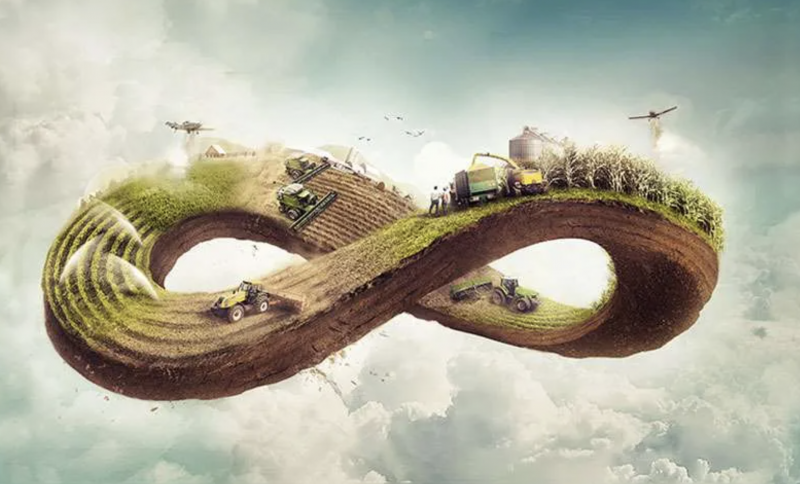Two-thirds of fertilizer is lost to run-off. This invention could recycle it.
Published on by Water Network Research, Official research team of The Water Network in Technology
Researchers fine tune smart farming with an ingenious gel that senses nitrate waste from fertilizer runoff and transforms it into ammonia—to produce healthier crops.

Globally, farmers use 115 million tons of nitrogen fertilizer on their land each year, but two-thirds of it escapes via run-off. Meanwhile this enormous load of costly, wasted product has devastating effects on the environment. But researchers might have found a solution to this phenomenal waste with an innovative hydrogel that solves two problems in one: sensing nitrate levels in farm run-off, and capturing this valuable resource to be recycled back onto the farm.
This finely-tuned smart farming method comes from the same lab that recently developed hydrogels that enable soil to water itself. The researchers were curious to see if somehow this ingredient could be used to capture the tons of nitrate that washes off farmland every year.
This new task required upgrades to their gel. Nitrates can be converted into ammonia—the form in which it’s useful to plants—using electrochemical reactions. But that requires something to conduct the electricity. So, the researchers took an interesting design step: they made a copper-based hydrogel that, when pulsed with electricity, provides a conductive reaction in a process called ‘electrocatalysis’.
To test how well this works, they set up a pump to run fertilizer-infused water over the hydrogel, which was charged up with an electrical current. With the experiment up and running, they found that as wastewater from the field runs over the gel, “nitrate can be efficiently converted to ammonia on the surface,” explains Panpan Li, co-author on the study and professor at Sichaun University.
This wasn’t all: using this same process the gel can also detect the amount of nitrate that’s running off the field. Li explains that as water washes over the gel, its electroconductive surface “can sense the nitrate and ammonia in the irrigation water by measuring the current signals” as the one is converted to the other. The larger this current, the higher the nitrate concentration. The researchers say that hypothetically, these increasing nitrate quantities could then be used as a cue to drain more water off the field so that it can be safely converted into ammonia.
This is where the invention comes full circle. Using this gel’s sensing ability, the system can detect when soil nitrate levels are low or stable, then recycle that converted ammonia back into the soil through an accompanying irrigation system that stores and disperses the ammonia-rich wastewater when needed, Li explains.
This could be a win for farmers, who could use the smart sensing and conversion system to make full use of the expensive fertilizer they spread across their fields, instead of losing most of it to run-off. Crops could benefit too according to some additional experiments the researchers included in their set up. They found that wheat and rice plants grown in their smart nutrient recycling system grew larger and with bigger leaves, compared to crops grown outside this system. “This treatment enables plants to grow under ideal scientific conditions and promotes their health and growth rate,” according to Li.
Meanwhile in the wider environment, reducing nitrate pollution would limit the devastating effects of nutrient pollution on soil, rivers and marine ecosystems, and also reduce the greenhouse gas emissions arising from its over-application and breakdown in the soil.
Of course, these benefits depend on scaling up and applying this new technology on farms, which will mean findings ways to properly drain run-off into capture areas where the hydrogel can do its magic, and then hook the ammonia-rich water up to irrigation systems. But the researchers see their discovery as one promising first step.
“The potential application of this technology in farms is exciting. Its installation is flexible and can be integrated into existing irrigation systems such as pipes or pools,” says Li. What’s more, Li adds, “the system could be powered by renewable energy sources such as solar or wind energy.”
Next up, the researchers will be fine-tuning the system for field trials.
Taxonomy
- Fertilizers
- Fertilizer
- Fertilizers and Pesticides
- Fertilizer
- Nitrogen